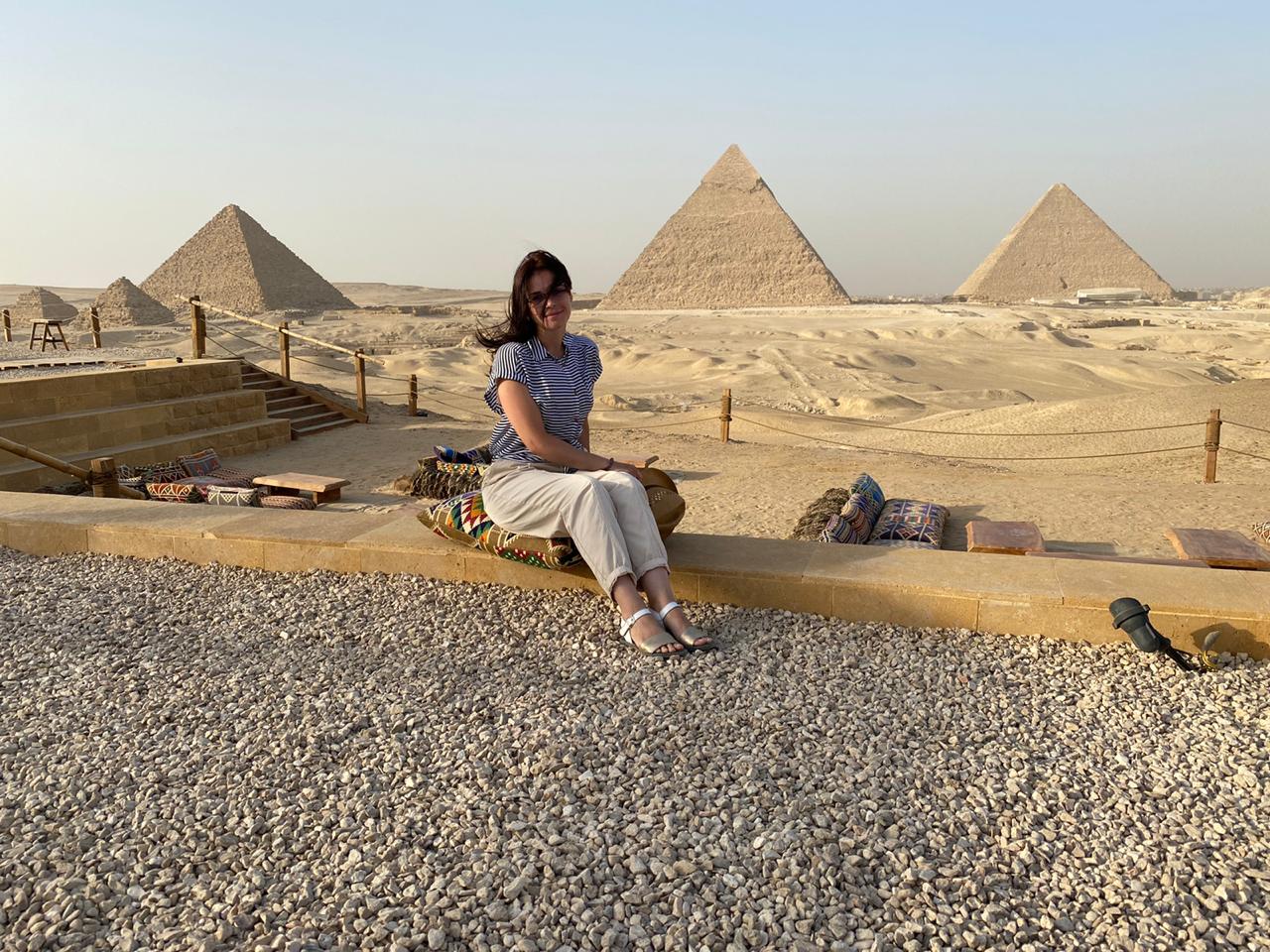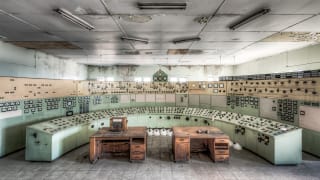
The Egypt Photo Marathon is a mental and visual challenge, a game in which the competition is equal parts endurance and interpretation. Participants are asked to engage visually with their urban environment, finding and creating images that complete textual riddles. The competition takes place within a rigid structure that imposes the difficult task of creating photographs that respond both directly and creatively to abstract ideas.
When it was initially held last year in Cairo, the project, based on the Danish Photo Marathon, was the first such competition to take place in the Middle East. This year the competition, which took place on 14 April, has expanded from the Cairo Photo Marathon to the Egypt Photo Marathon, occurring simultaneously not just in Cairo, but also in Alexandria, Ismailia and Nuweiba.
Every few hours throughout the competition, amateur and professional photographers alike meet to collect written themes, created by writer Mona Prince and photographer Rana El Nemr. Armed with these prompts, participants converge on the city in a hunt for intriguing images. The themes that Prince and Nemr created respond to the ideas of leadership, coexistence and decision making, reflecting a general impetus to engage with the politics of the moment.
Embracing the playful nature of the whole project, Prince and Nemr created 18 themes that twist popular phrases and concepts into political puns. Many borrow from protest chants of the past year, such as “Yaskut, yaskut,” or “Shut him up, shut him up” — a play on the ubiquitous “Yasqut, yasqut” chant (“Down, down” as in “Down, down with military rule!”). Others take common phrases that have emerged in political conversation, like “The Noble Citizens” and “One Hand,” whose meanings have become increasingly slippery over time, or draw from advertising and popular culture adding a political twist, like “Nominate me, thank you,” a play on the Vodafone advertisement “Call me, thank you.”
The overt political tone of this year’s themes is a change from last year, and, at least for one participant, a welcome one. Ahmed Mahfouz, who took part in the competition for a second time, told Egypt Independent, “This year was more exciting because politics are more immediate … now you feel the themes.”
Each theme becomes a riddle that must be answered with an image, and winners are chosen both for the quality of their photographs and for their ability to respond with wit and originality to the topics. The prize-winning images, currently on display at the Contemporary Image Collective, are revealing in their demonstration of particular elements of the urban landscape that are attractive to photographers, and visual tropes that emerge as partners to common phrases.
Mannequins, for example, are a favorite visual metaphor, and the same set of mannequins with Styrofoam taped over their eyes appears in two photographers’ sets of pictures. Mannequins are easy to find and often offer a convenient visual metaphor, especially in the context of discussions about a collective’s relationship to power — the subject at the heart of many of the themes.
Setting themes for images is bound to inspire a high degree of literalism and didacticism, and some themes created little diversity in their visual responses. In answer to the theme “What is it that they want?” photographers tended to choose a citizen or group of citizens, looking quizzically at the camera. The theme “One Hand” inevitably elicited mostly images of hands.
But other prompts were met with a wider variety of interpretations, illustrating how one phrase can easily take on opposing meanings. “The day I quit, I will no doubt be dead,” was for some a reference to dictators who will only loosen their grip on power after rigor mortis has stiffened their fingers. Raghda Rashad Basouny, who won second place in the six-hour competition, chose for the theme an image of a trampled poster of presidential candidate and close Mubarak associate Ahmed Shafiq, implying that the former regime will never willingly rescind power.
But photographer Nadia Mounier Tawfik, who took third prize in the six-hour competition, chose for the theme an image of people clambering over the half-destroyed Qasr al-Aini wall, an example of continuous collective resistance to repression that refers to a different kind of unwillingness to quit.
In the sea of images produced throughout the marathon, there are many that are poetic captures of life in Cairo. First-place winner in the 12-hour competition Mohamed al-Hadidi’s image of two feet propped up on a chair in front of a flickering television captures a quiet private moment, taking place in semi-public space. Ehab Mustapha Shaltout, third-place winner in the 12-hour competition, snapped one stationary foot remaining in focus below a body blurred in motion, responding to the theme “Shake-up” with a surprising visual encapsulation of movement.
The marathon encourages street photography in a place where cameras are often met with suspicion and anger, and builds both excitement and community around the production of images.
Muna Bur, program officer at the Danish Egyptian Dialogue Institute, described the project to Egypt Independent as “a dialogue between people and their cities.” The marathon is as much about the experience of that dialogue, and the experience of photographing, as the photographs themselves, and by all accounts, it is incredibly fun.
Prince, for one, hopes that next year she can move from behind the scenes to take part herself.
“I would like to participate and see how they do it,” she says.
The marathon exhibition attracted crowds to CIC this year, as it did last year, because participants and friends are eager to see the fruits of a collective labor enjoyed together.
The Egypt Photo Marathon Exhibition is on view at the Contemporary Image Collective at 22 Abdel Khalek Tharwat St., downtown Cairo, until 17 June. The CIC is open from 12 to 8 pm daily.




